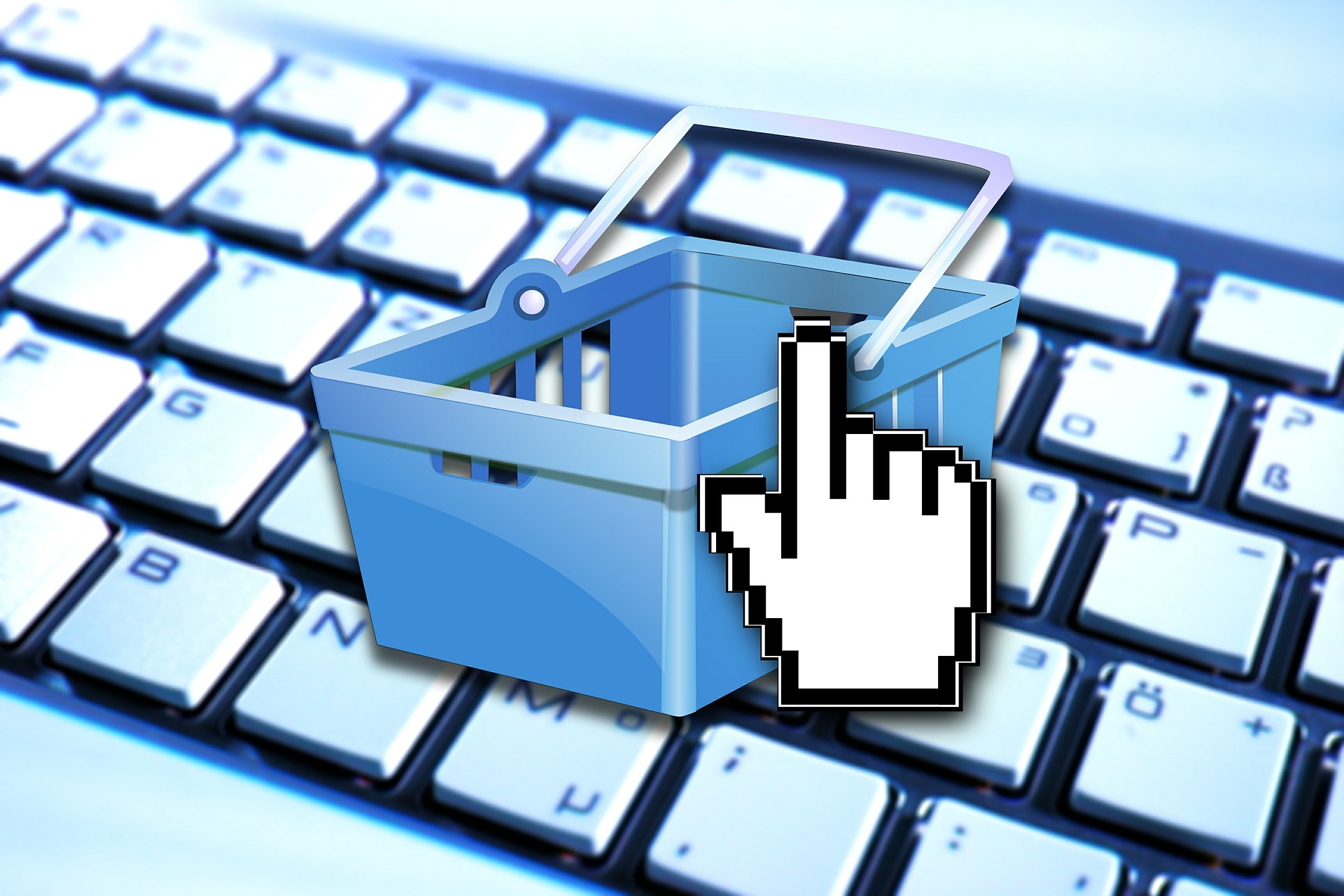Best Practices For Effective Retail Wayfinding Solutions
Despite fierce competition from e-commerce, brick-and-mortar retailers continue to thrive. A differentiating factor that is reinventing the in-store customer experience is the use of wayfinding tools.
Spot-on wayfinding solutions transform the retail experience into a connected one.
Laying out intelligent paths throughout your retail space helps deliver a seamless and cohesive experience that easily directs customers to points of interest, complements natural consumer behavior, and makes the customer journey that much more memorable and rewarding.
Benefits of a wayfinding system
In today’s connected era, a powerful wayfinding system can positively influence a customer’s retail experience.
Anticipating the customer’s needs by providing a polished and thoughtful physical kiosk, mobile wayfinding, or both puts the power in the customer’s hand, significantly amplifying a more personalized customer experience.
Digital wayfinding is also an environmentally friendly solution. This allows retailers to save on costs associated with static maps and improves their corporate social responsibility, enhancing their appeal to their customer base.
Having place-based wayfinding solutions can also drive greater brand awareness and allows retailers to capture critical customer data to be used later for remarketing purposes. Digital wayfinding can serve as an essential marketing tool to capture greater holiday sales.
Both static and digital wayfinding can also be equipped to provide retailers with multilingual benefits. Being able to translate your retail space into the customer’s native language minimizes stress levels while enhancing your brand’s ability to communicate to a more diverse audience.
Rethinking wayfinding in the retail space
To maximize the benefits of retail wayfinding and ensure users have a positive experience, it’s important to follow best practices.
The following is a guide from Dubai’s leading wayfinding consultancy firm giving an overview of how retailers can develop a successful wayfinding solution to support ongoing business success.
#1. Understanding customers’ needs
Analyzing how your customers naturally behave in a retail setting will enable you to successfully manipulate the retail space with an accurate wayfinding solution and determine buyer outcome.
Examine how wayfinding will improve your customer’s shopping experience.
What role does wayfinding play in the customer journey? Do your customers use wayfinding to understand your retail space and locate products? Or is it used to display brand consistency, tying together an online and physical presence to validate brand identity?
Understanding how your customers will use your wayfinding tools will allow you to create a solid strategy that improves the shopping experience.
#2. Clarity of design
A significant aspect that determines user adoption of your new wayfinding solution is its design.
Having a well-thought-out hierarchy of colors, symbols and typeface will complement the overall retail experience and reinforce consistency between wayfinding assets as well as other branded assets.
Wayfinding signage should also be highly legible from a distance and multiple angles to encourage interaction.
#3. Content management
Wayfinding tools should be reflective of their experience.
Place-based wayfinding should feature a wayfinding map that enables customers to easily locate products. Dynamic content should also be served in these kiosks to highlight special product offers and curated social media content.
Mobile wayfinding, such as a custom wayfinding app, should include a touchable 3D map of the retail space as well as location-based services, amenities, and a direct message to allow customers to directly speak to customer service.
The mobile app should also deliver personalized product offers. A personalized discount based on a customer’s buying history will encourage an in-store visit. A direct route to the product offer will make customers more inclined to buy and return for future visits.
This is particularly useful for enterprise retailers that have a vast range of merchandise to sell.
#4. Ease of orientation
The interactive components of your wayfinding tool should be intuitive and easy to use.
Users should be able to quickly use the system independently to bolster adoption rates. Wayfinding kiosks that require considerable effort are inefficient and can discourage customers from using your digital tools in the future.
#5. Concise navigation
As store layouts are deeply rooted in planning traditions, well-positioned physical kiosks take a graphic approach to in-store navigation. A mobile wayfinding application allows retailers to provide an interactive navigation tool that allows customers to easily navigate the retail space.
Your wayfinding app can serve as an extra member of your retail team, helping customers navigate to their desired areas and to specific products. When layout changes occur in your store, digital wayfinding enables you to change navigational information at no additional cost.
#6. Integrate new technologies
Technology-driven adaptations to your wayfinding systems offer a richer interactive wayfinding experience.
Integrating evolving technologies like 3D virtual tours and near-field communication technology broaden the level of inclusion and allow retailers to include personalized points of interest based on the customer’s behavior and purchases.
Conclusion
The dynamic ability of interactive wayfinding systems to transform a retail space is profound as wayfinding tools become increasingly popular across all sectors of the retail business. An upgrade to innovative wayfinding solutions will allow your customers to discover a more personalized and convenient shopping experience.
Zak Zakaria is a Waymaker at dezigntechnic in Dubai who also previously worked as the company’s Graphic Designer and Art Director. Zak is a creative with work experience in multiple multinational agencies such as JWT and Saatchi & Saatchi. Signage design is a family business, making Zak’s personal experience with signage his longest professional commitment.
- Elevating Security Paradigms in Marketing: A Holistic Expedition - November 22, 2023
- Why CMMS Is Becoming A Critical Component In The Manufacturing Industry - August 7, 2023
- How Safety Standards for Autonomous Vehicles will Help Reduce Serious Car Accidents - July 29, 2023





